Recent Articles
Popular Makes
Body Types
2017 BMW M3 vs. 2017 Mercedes-AMG C63: Which is Best?

2017 BMW M3 vs 2017 Mercedes AMG C63 exterior front angle ・ Photo by BMW / Mercedes-Benz
Working out which is best between the 2017 BMW M3 and the 2017 Mercedes-AMG C63 is one life’s more pleasant challenges. And as with any challenge, it’s better to break things down into separate sections so the bigger picture can be more clear. They’re both compact high-performance sport sedans (for a coupe or convertible, look to the BMW M4 — there are also Mercedes-AMG coupes and convertibles in C63 form) and have a front engine/rear-wheel-drive layout. They use engineering derived from motorsport. And each car is adept at delivering thrills. If anyone finds the legendary Porsche 911 a little too cramped and harsh, either one of these cars would be a superb alternative.
Pricing & Trim Levels
The 2017 BMW M3 starts at $64,995. The 2017 Mercedes-AMG C63 starts at $66,195. Each car is a single trim, but there is an even hotter Mercedes, the C63 S. With 503 hp, that car goes beyond the M3’s power output, however, and so isn’t a fair comparison (amazing machine, though, even if it does cost $73,725). The M3 offers another 19 hp in its Competition package, which costs an extra $4,750, yet also brings other equipment (see the Options section). That bumps the bottom line to $69,745, which is more expensive than the C63, but the M3 is still shorter on power.
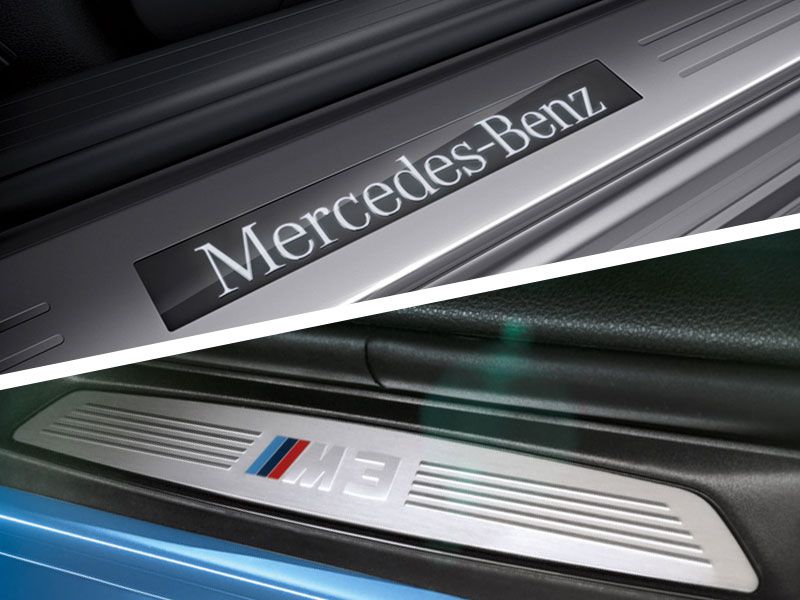
Photo by BMW / Mercedes-Benz
Standard Equipment
For 2017, the M3’s previously optional adaptive suspension becomes standard and the iDrive infotainment system is updated to version 5.0 incorporating touchscreen functions. The standard transmission is a 6-speed manual. Other equipment: 18-inch alloy wheels, active locking rear differential, heated seats, navigation, and Harman Kardon audio system. The C63 has a 7-speed dual-clutch transmission. It’s an automated manual; there’s no clutch pedal and the driver can use steering wheel-mounted paddle shifters or let the system do its own thing. The car also has heated front seats, high-end Burmester audio system, sport front seats with memory, sport exhaust, selectable driving modes, limited-slip differential, and blind spot assistance. However, we must confess, there’s not enough of a difference to name a winner here.
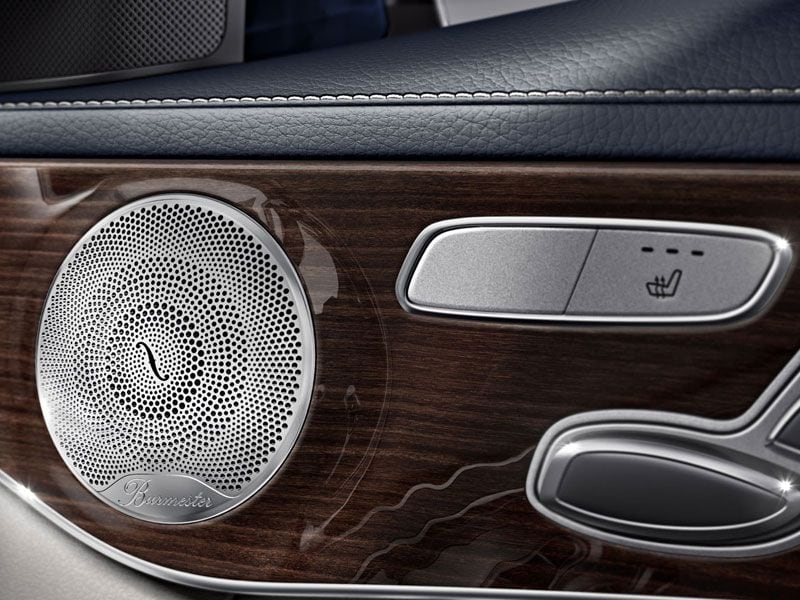
Photo by Mercedes-Benz
Options
A 7-speed double-clutch transmission (DCT) is the M3’s automatic option. Wireless smartphone charging and a wi-fi hotspot are part of the Executive Package. The Competition package also brings a sportier (louder) exhaust with black chrome dual exhaust tips, 20-inch wheels, and a re-tuned suspension. Other extras include parking sensors, rearview camera, heated steering wheel, head-up display, blind spot detection, side-view/top-view camera system, carbon ceramic brakes, carbon fiber aero pieces, and LED lights that follow the steering. The C63 may be specced with a panoramic sunroof, carbon fiber aerodynamic pieces, rear sunshades, sportier front seats, head-up display, and various cosmetic touches. Both companies’ options are pricey. It all comes down to your budget.
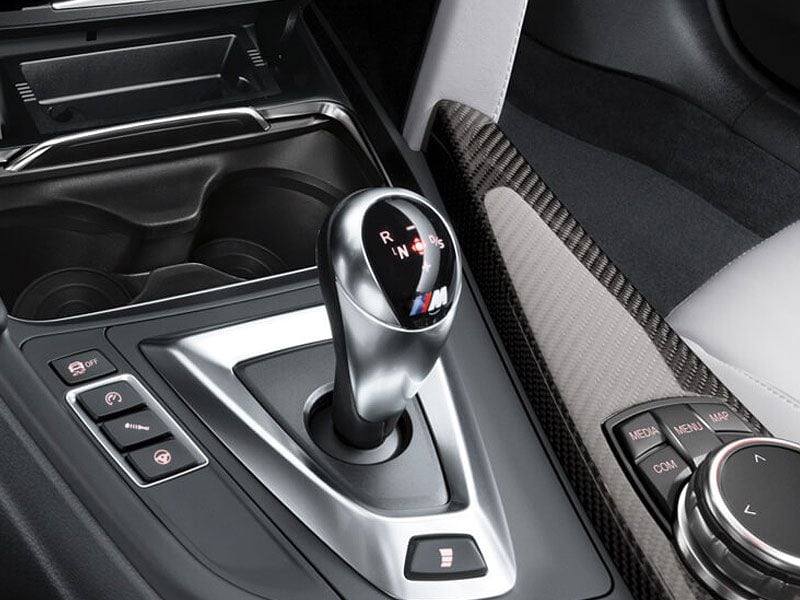
Photo by BMW
Power
The M3 has a 3.0-liter twin-turbocharged inline 6-cylinder engine. In the regular version, it develops 425 hp and 406 lb-ft of torque. The Competition version makes the same amount of torque, but boosts horsepower to 444. The C63 also has twin turbochargers, but here they are bolted to a 4.0-liter V8 to develop 469 hp and 479 lb-ft of torque. To put these figures into context, most sane people would find anything over 500 hp virtually unusable on public roads. So these cars are edging up to that limit. But since there’s also a “bragging rights” aspect to engine output, the obvious winner here is the C63.
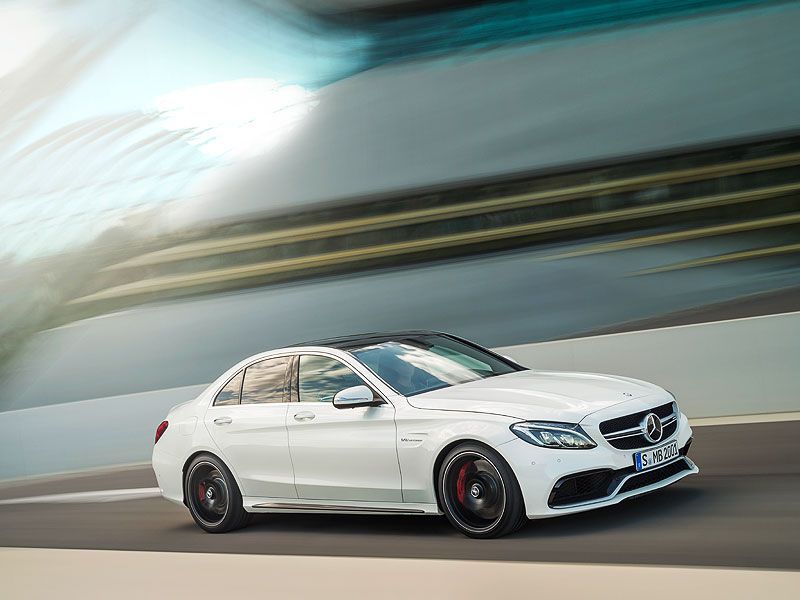
Photo by Mercedes-Benz
Performance
In the sprint from standstill to 60 mph, the regular M3 with the manual transmission does the business in 4.1 seconds. With the DCT, make that 3.9 seconds. The M3 Competition shaves off a tenth of second in each case. The C63 requires just four seconds flat. Both cars are limited electronically to a top speed of 155 mph. What the numbers don’t convey is how smoothly each car delivers its power. Turbo technology and modern engine management have consigned turbo lag to history. There’s no off/on lurching when the throttle pedal is stabbed. It’s just a steady but rapid buildup of thrust. The technical term for this is “awesome.” In this respect, it’s a dead heat — with the emphasis on “heat.”
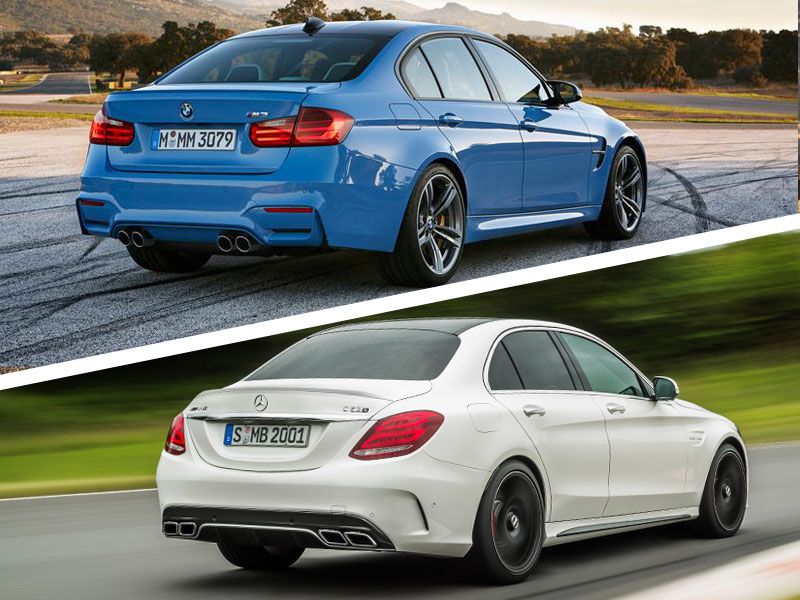
Photo by BMW / Mercedes-Benz
Fuel Economy
According to the Environmental Protection Agency (EPA), the 2017 BMW M3 with the manual transmission returns 17 mpg in the city, 26 mpg on the highway and 20 mpg combined. With the DCT, consumption is 17/24/19 mpg. There are no specific figures for the Competition model, but it shouldn’t be too different. The 2017 Mercedes-AMG C63 returns 18/25/21 mpg. The differences are negligible, although the C63 seems more impressive because it’s a bigger engine with more cylinders. With so much muscle in each car, though, drivers will be tempted to flex it more often, resulting in higher real-world consumption.
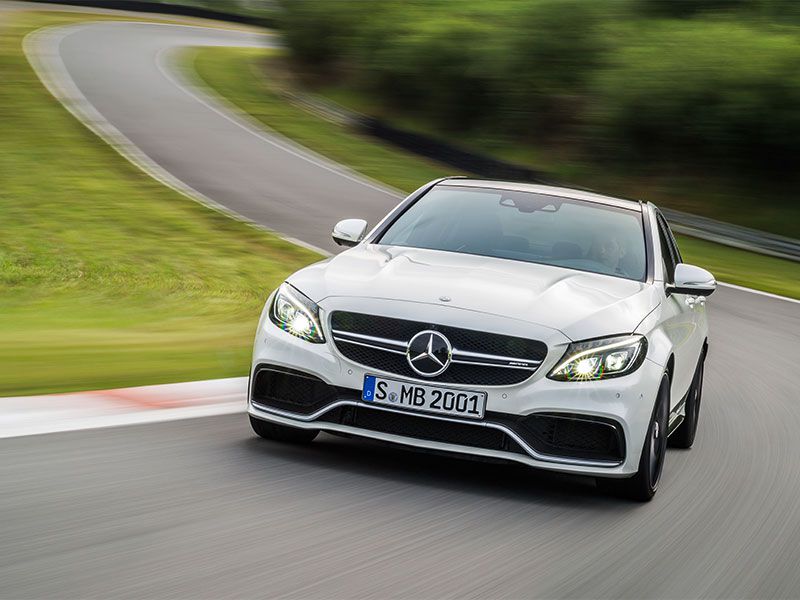
Photo by Mercedes-Benz
Exterior Design
For those who thought BMW design lost its way a while back, the current M3 isn’t so willfully angular. Yet it still has a kind of intimidating look to complement the power lurking beneath its hood. The carbon fiber roof means less weight and a lower center of gravity than a steel-roofed equivalent. The C63 takes the still fresh C-Class styling and adds things like larger mesh-covered air vents at the front — which has the effect of cooling the engine and brakes, as well as providing a more aggressive look. This is enhanced by special-design alloy wheels.

Photo by BMW / Mercedes-Benz
Interior Design
The M3’s cabin manages to look both luxurious and business-like. In fairness, so does the interior of the C63. Both cars have leather upholstery and the best infotainment systems their manufacturers can offer. The C63 comes with carbon fiber accents and leather upholstery. The C-Class cabin on which it’s based is highly rated in terms of design and ergonomics. A flat-bottomed steering wheel adds another sporty touch. There are no problems with spending a long amount of time in either machine. Just make sure the optional sportier seats are comfortable enough. The AMG versions, in particular, are super-supportive, but it takes some digging into the controls to find the ideal settings.
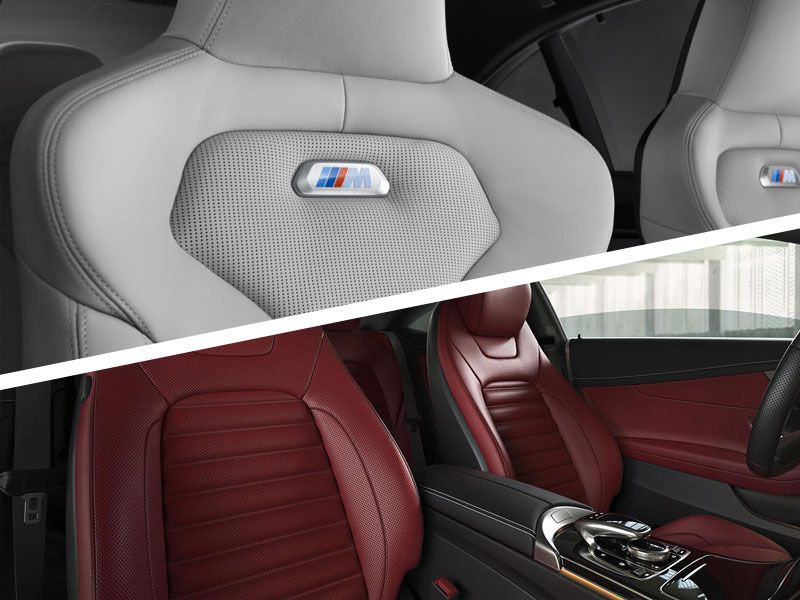
Photo by BMW / Mercedes-Benz
Technology
Both cars have selectable driving modes, as a lot of premium cars do. They typically consist of Eco, Comfort, Sport, Sport Plus, and a customizable Individual mode. Or some variation on those themes. They have preset calibrations of things like suspension settings, throttle response, steering speed and weight, and transmission shift points (when the driver isn’t using the paddles). Applying these modes to everyday use is as easy as pressing a button. During the course of one trip, a driver might click between Comfort and Sport several times. Or just leave it in Sport mode. It’s good to have choices. The M3 and C63 each offer driving assistance packages with adaptive cruise control, lane-keeping assistance, etc. Consider this section a draw.
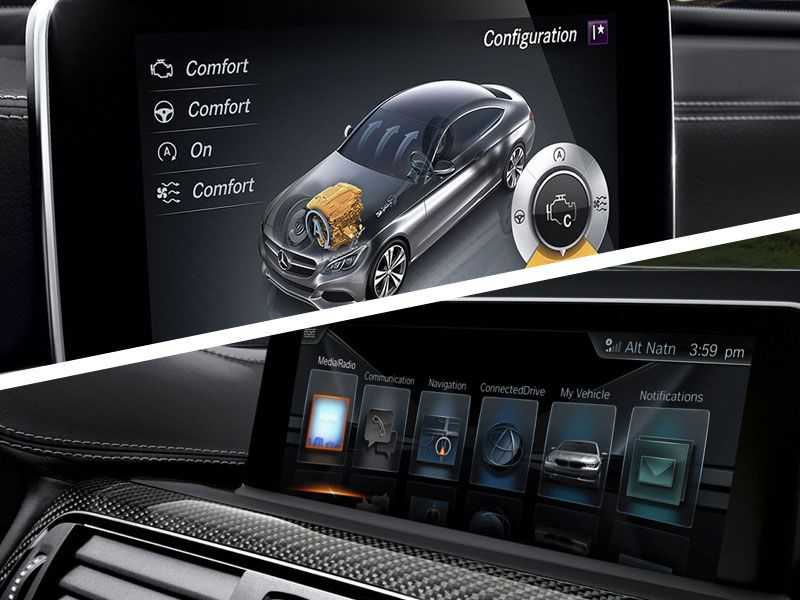
Photo by BMW / Mercedes-Benz
Heritage
Both have roots in German touring car racing (DTM). The first BMW M3 was made especially for the series and road-going versions were produced to comply with the regulations. AMG used to be an independent tuner specializing in Mercedes-Benz cars. One of its early machines was the world’s fastest sedan of the time. Each AMG engine is also assembled by one technician (this “one man, one engine” approach does not apply to the newer 43 and 45 engines). The takeaway from this is that it’s possible to drive either car to a track in perfect comfort, put in a series of fast laps and then drive home again — as long as the tires haven’t been abused too much.
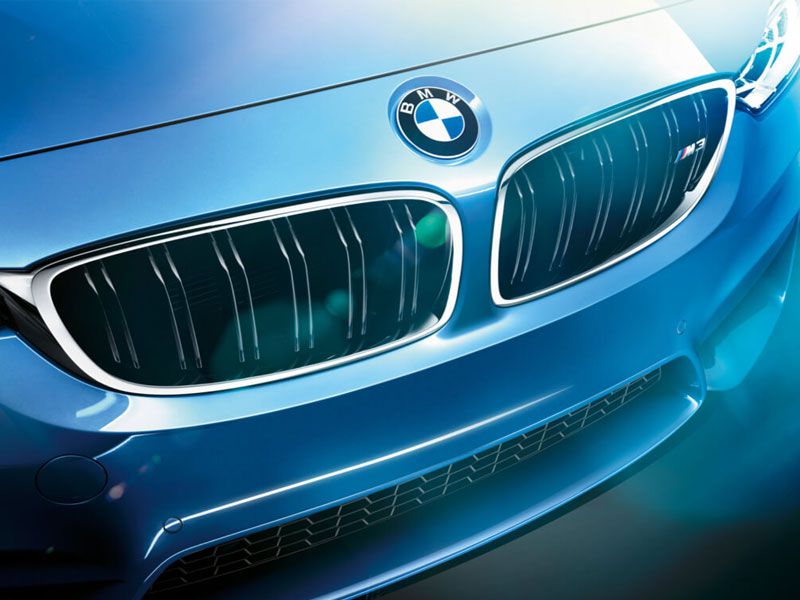
Photo by BMW